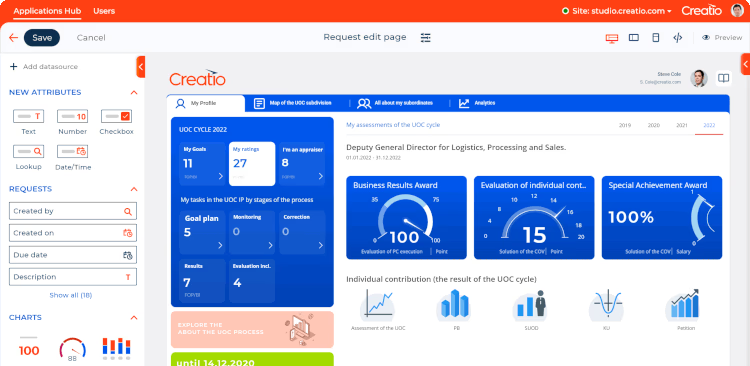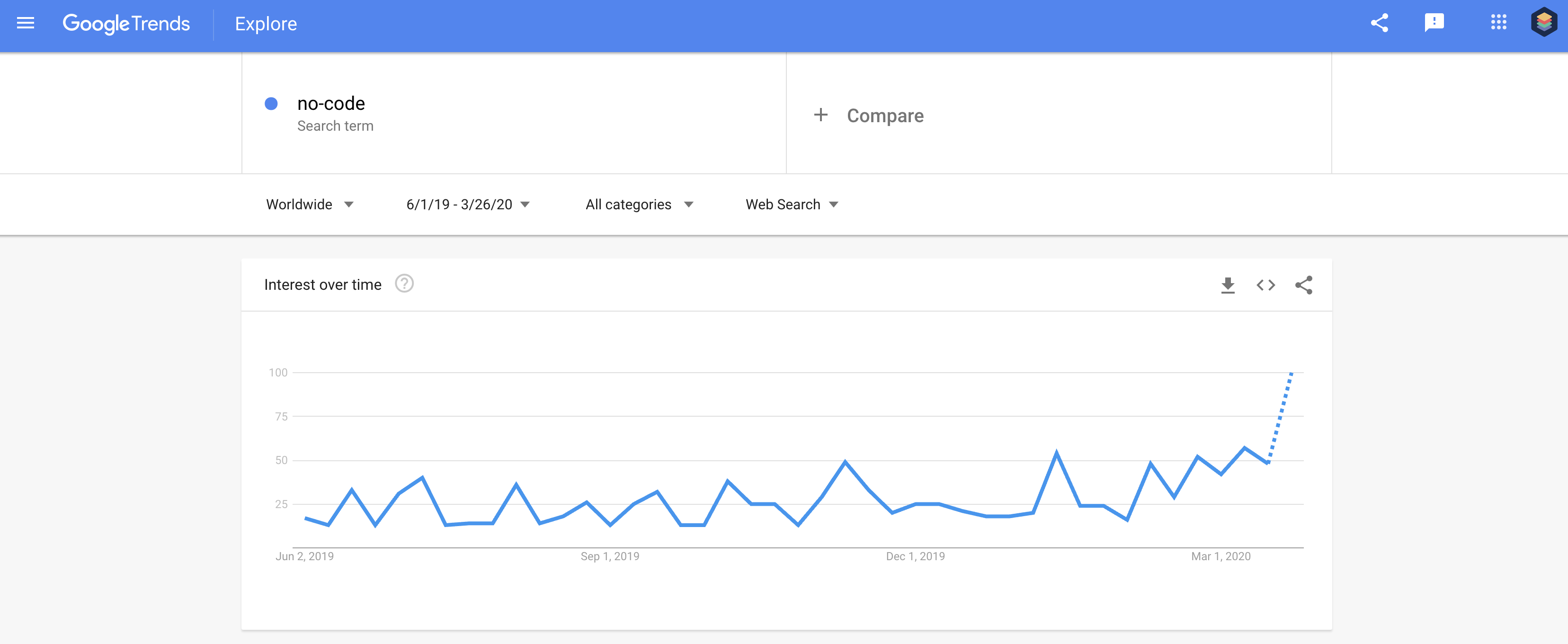No-Code Solutions for Open System Database Production: Construct Without Coding Abilities
No-Code Solutions for Open System Database Production: Construct Without Coding Abilities
Blog Article
Exploring the Advantages of Scalable Databases That Require No Coding Skills for Effective Information Administration Solutions
The appearance of scalable databases that eliminate the requirement for coding skills provides a transformative opportunity for companies seeking effective information administration options. By allowing non-technical users to harness the power of data with instinctive user interfaces, these systems boost ease of access and foster cooperation throughout varied groups. Moreover, their cost-effectiveness and versatility to progressing organization demands can substantially enhance functional procedures. As we think about the effects of such advancements, it ends up being critical to analyze just how they can reshape the landscape of data management and drive lasting development in a competitive setting.
Improved Accessibility for Customers
Enhanced ease of access for customers is a vital aspect of scalable data sources, guaranteeing that information administration systems are user-friendly and user-friendly. In an era where data-driven choices are critical, ease of access enables a wider variety of individuals, including those without extensive technical expertise, to involve with database systems efficiently. This democratization of data access promotes boosted cooperation across departments, empowering employees to make and draw out understandings notified decisions.
Straightforward user interfaces, such as drag-and-drop attributes and visual information representation, simplify complicated information communications. These improvements lower the knowing contour related to traditional data source administration, enabling individuals to concentrate on leveraging information as opposed to facing technological intricacies. Furthermore, scalable data sources usually include real-time analytics and customizable dashboards, giving individuals with immediate understandings tailored to their details requirements.

Cost-Effectiveness and Resource Cost Savings
Effective data management not just rests on access but additionally on cost-effectiveness and source financial savings. Scalable data sources created for individuals with no coding abilities substantially decrease monetary concerns typically associated with standard data source administration systems. By eliminating the demand for specialized shows expertise, organizations can designate their resources a lot more effectively, focusing funds on core service activities instead of considerable training or working with knowledgeable employees.
Moreover, these data sources usually utilize cloud-based services, which better lower prices associated to hardware and upkeep. Organizations can scale their data source services according to their demands, staying clear of the expenses sustained from over-provisioning sources. This flexibility indicates services can adapt to changing needs without incurring unneeded costs, causing substantial lasting financial savings.
In addition, easy to use interfaces enhance information access and monitoring procedures, reducing the moment invested on management jobs. This effectiveness equates into labor expense savings, enabling teams to focus on calculated campaigns instead than routine maintenance. Generally, embracing scalable databases that need no coding skills promotes a much more economical strategy to information management, making it possible for organizations to maximize their sources while maintaining high levels of operational efficiency.
Improved Collaboration Across Teams

In addition, scalable data sources promote smooth interaction Check Out Your URL amongst team members. With user-friendly interfaces that require no coding abilities, staff members can easily create, change, and share reports or control panels customized to their certain requirements. This democratization of information equips non-technical customers to add understandings, enhancing the joint atmosphere.
Furthermore, these databases support concurrent gain access to, permitting numerous users to work with the same dataset all at once. This function enhances efficiency, as teams can participate in joint data evaluation without the danger of variation control issues. The ability to leave remarks or notes straight within the database better advertises dialogue and makes clear information interpretations.
Streamlined Data Administration Processes
In today's data-driven setting, companies acknowledge the need of structured data management processes to maximize performance and accuracy. By leveraging scalable data sources that require no coding abilities, organizations can streamline their data handling and reduce the intricacies usually linked with standard database systems. This availability encourages non-technical users to involve straight with data, promoting quicker decision-making and lowering reliance on specialized IT workers.
Streamlined data monitoring procedures boost operations by automating regular tasks such as data entrance, validation, and coverage. Automated data integration makes certain that info from numerous resources is aggregated perfectly, eliminating silos and promoting a combined view of important organization metrics (no-code). Easy to use user interfaces permit personnel to control information quickly, enabling them to produce insights that drive strategic efforts without the requirement for comprehensive training.
This efficiency not just accelerates functional procedures yet also decreases the capacity for human error, guaranteeing that data continues to be precise and reliable. Inevitably, structured data administration processes through scalable data sources lead to boosted efficiency, enabling companies to concentrate on core tasks while ensuring that their data administration techniques are effective and reliable.
Scalability for Growing Companies

For increasing enterprises, the ability to scale up or down is critical. A scalable database can handle an influx of data generated from new consumers, items, or services, making sure that company procedures continue to be undisturbed. Furthermore, these data sources offer the capability to handle peak lots effectively, which is crucial during durations of rapid development or seasonal spikes.
In addition, many scalable database services are made with straightforward interfaces that call for no coding skills, empowering non-technical staff to take care of data efficiently (no-code). This democratization of information monitoring enables organizations to allot sources purposefully and lower dependence on specialized IT personnel
Ultimately, adopting a scalable database not just improves functional performance yet additionally promotes a setting where services can develop and introduce without the restrictions of traditional data source systems. This flexibility placements companies for long-term success in today's affordable landscape.
Verdict
Finally, scalable databases that need no coding abilities provide significant benefits for reliable data monitoring. These systems boost access for non-technical customers, decrease operational prices, and advertise partnership across teams. By enhancing information management processes and supplying scalability for expanding companies, such options make it possible for companies to adapt to changing demands effectively. Inevitably, the fostering of these user-friendly data sources cultivates innovation and settings organizations for long-term click to read success in a vibrant setting.
Boosted ease of access for users is a critical aspect of scalable databases, making sure that information management systems are instinctive and user-friendly.User-friendly user interfaces, such as aesthetic data and drag-and-drop attributes representation, streamline intricate information interactions. On the whole, taking on scalable data sources that require no coding skills fosters a more economical method to data administration, making it possible for organizations to maximize their resources while keeping high degrees of operational performance.
By leveraging scalable data sources that need no coding abilities, companies can simplify their information handling and minimize the intricacies normally associated with traditional database systems - no-code.Structured data administration processes improve operations by automating regular tasks such as information entry, validation, and coverage
Report this page